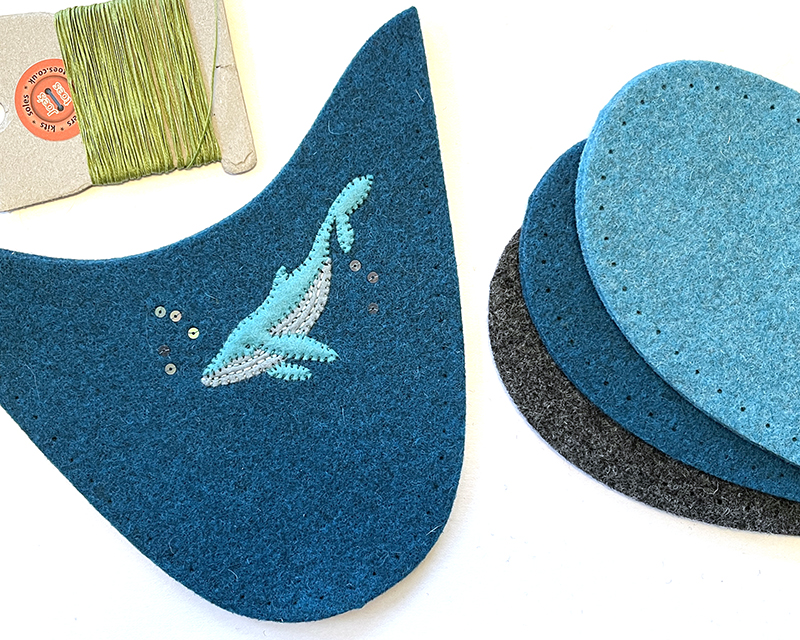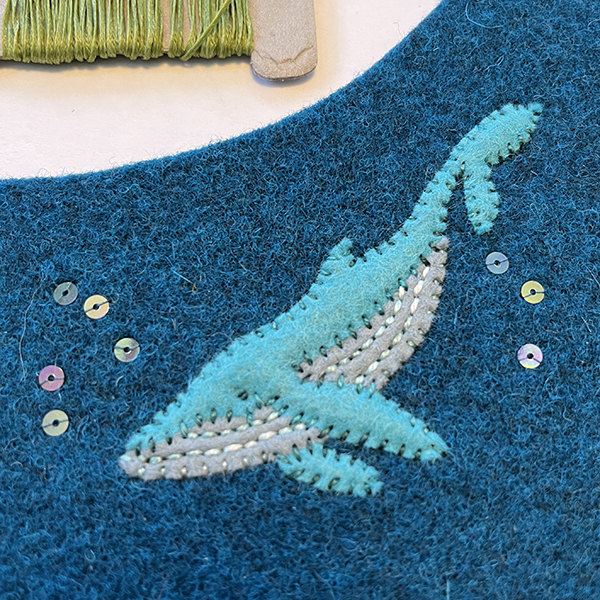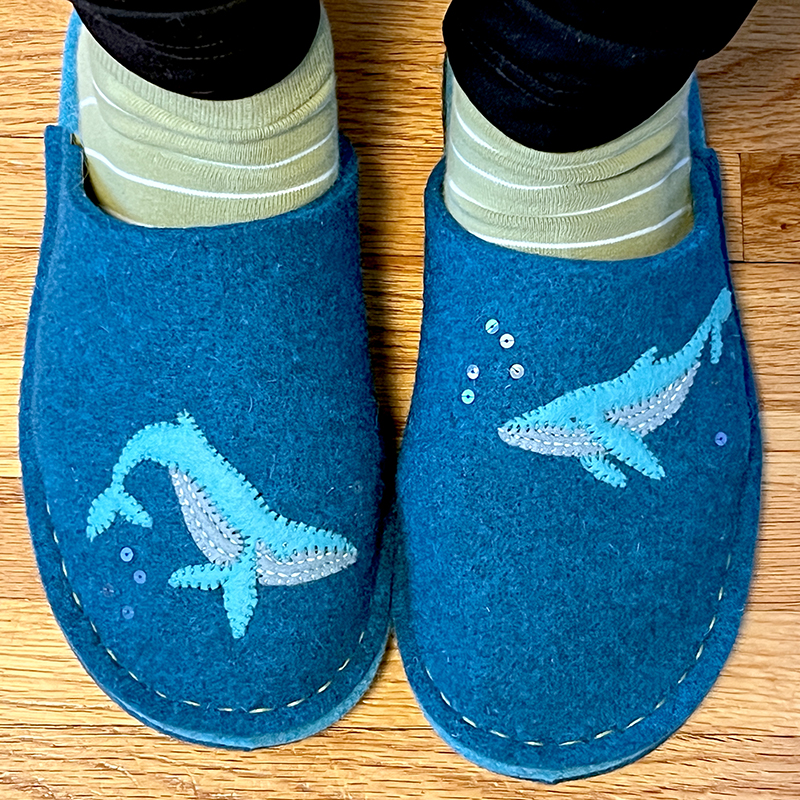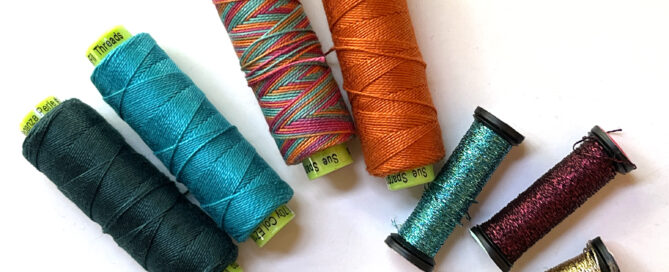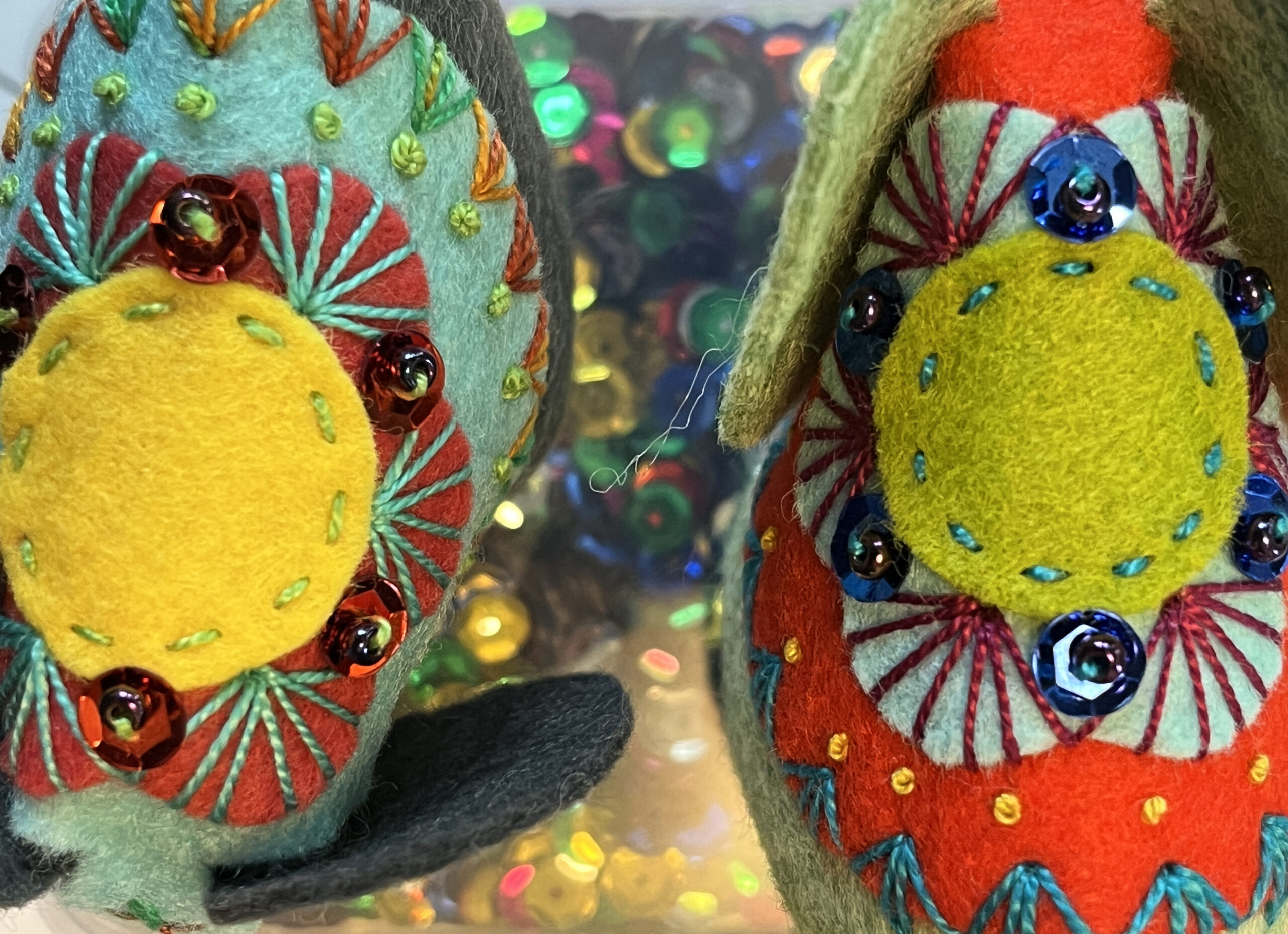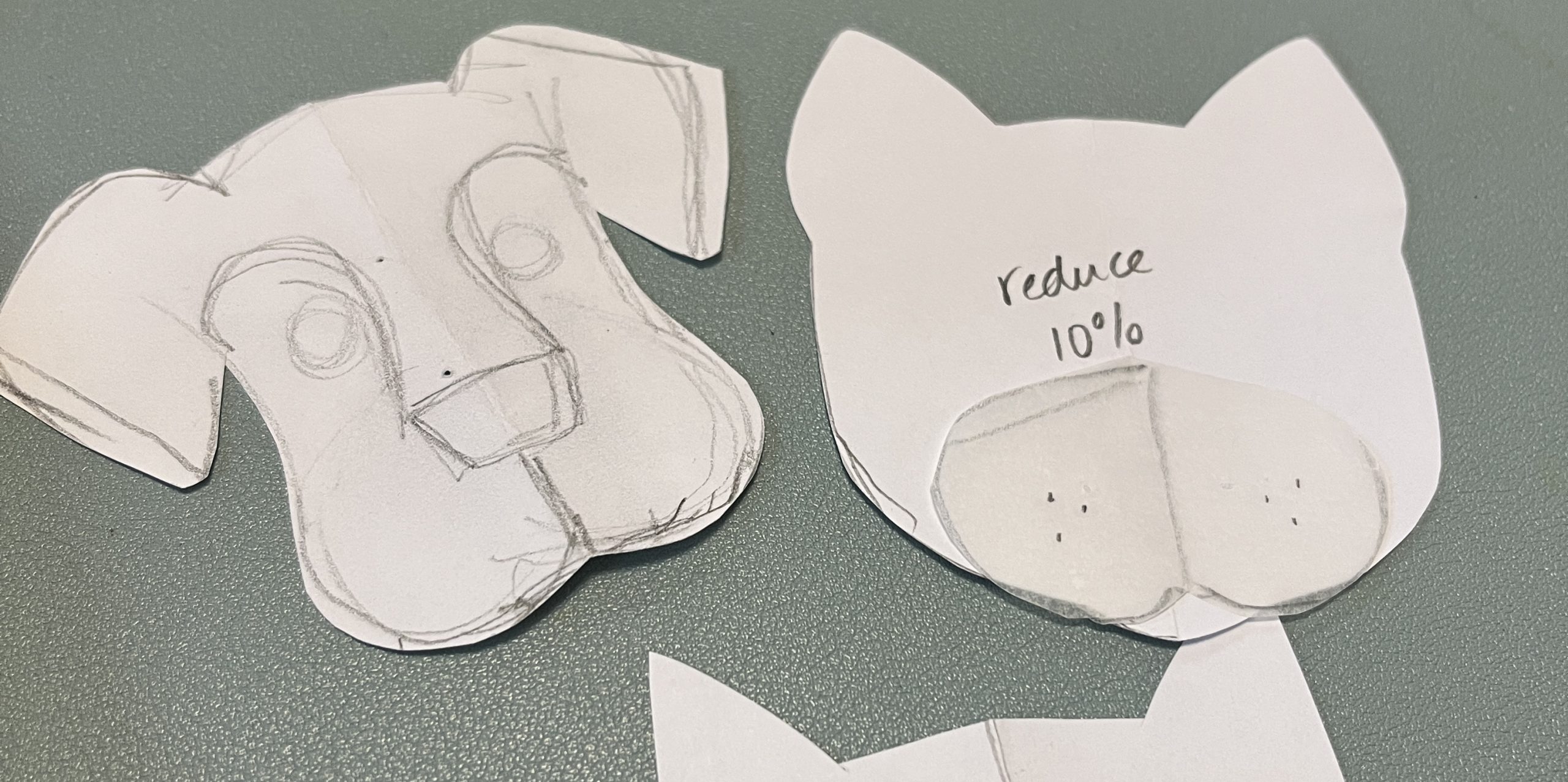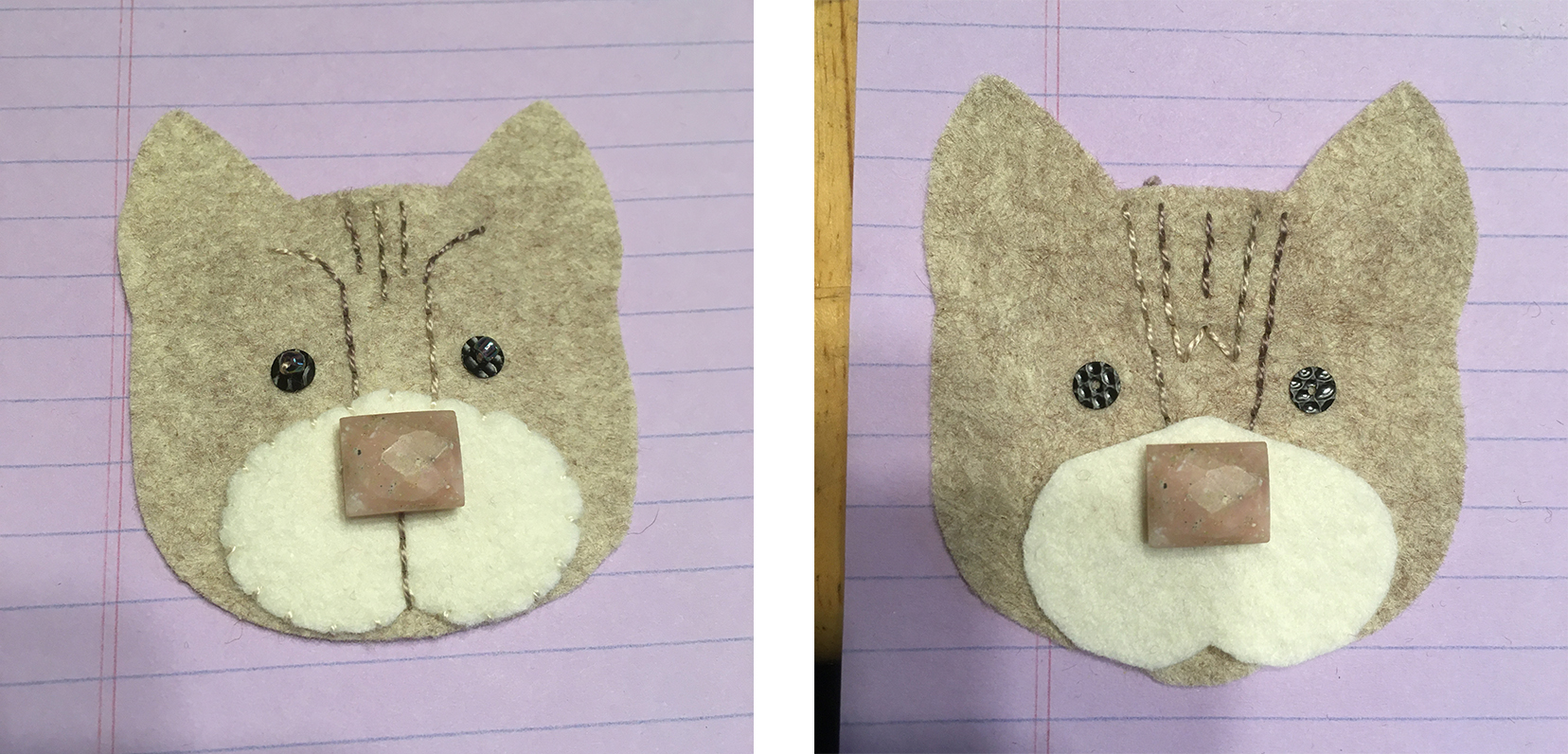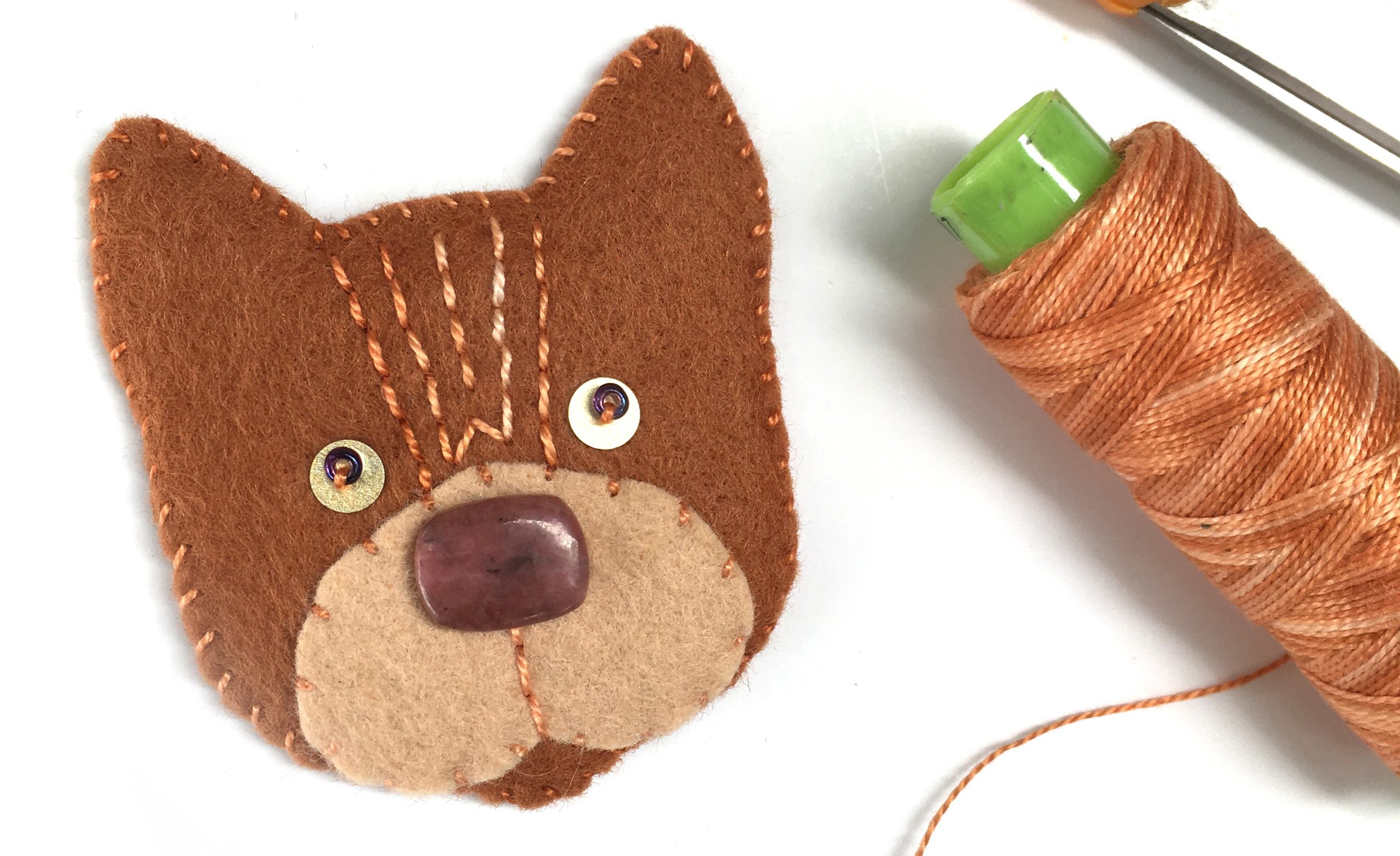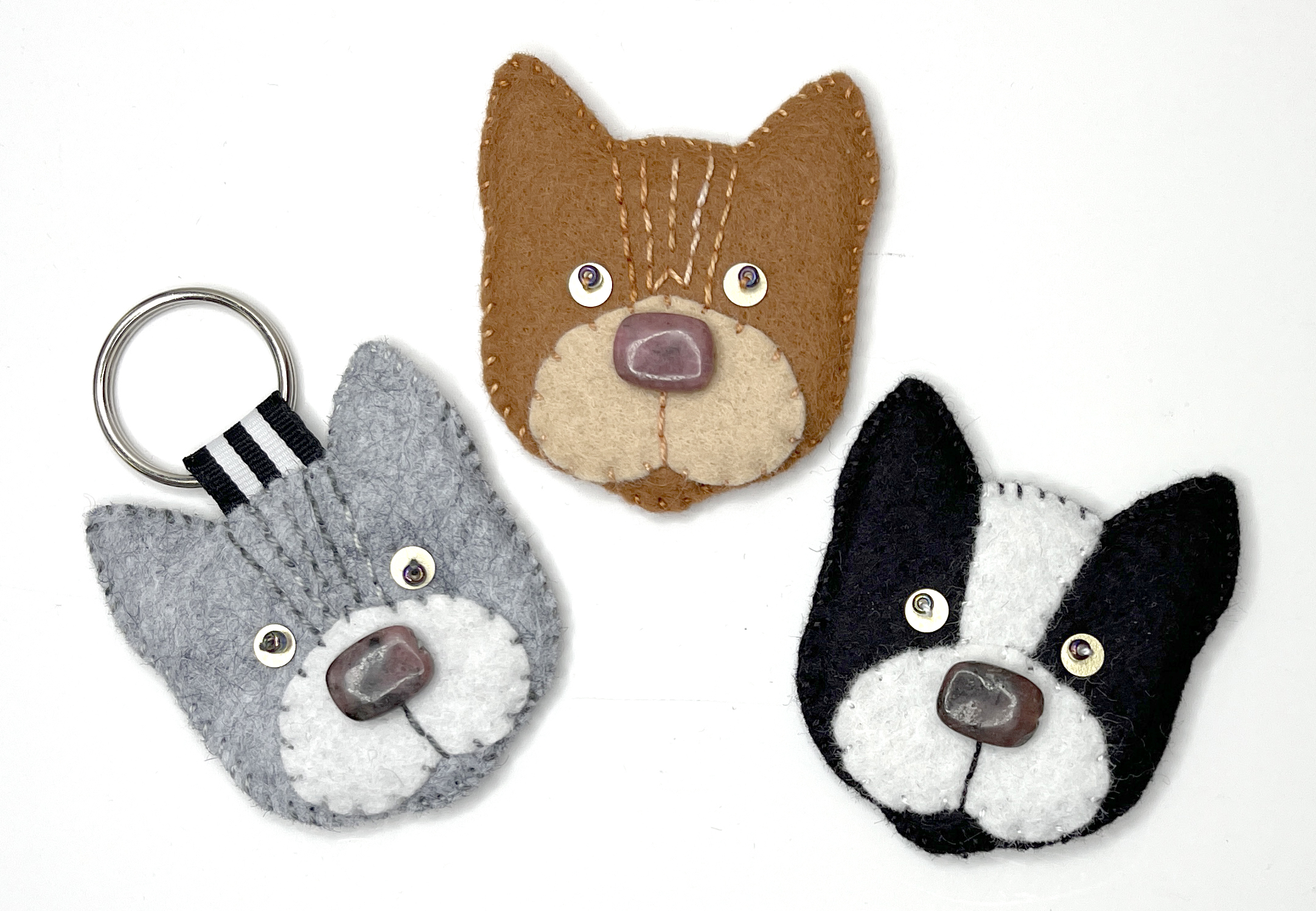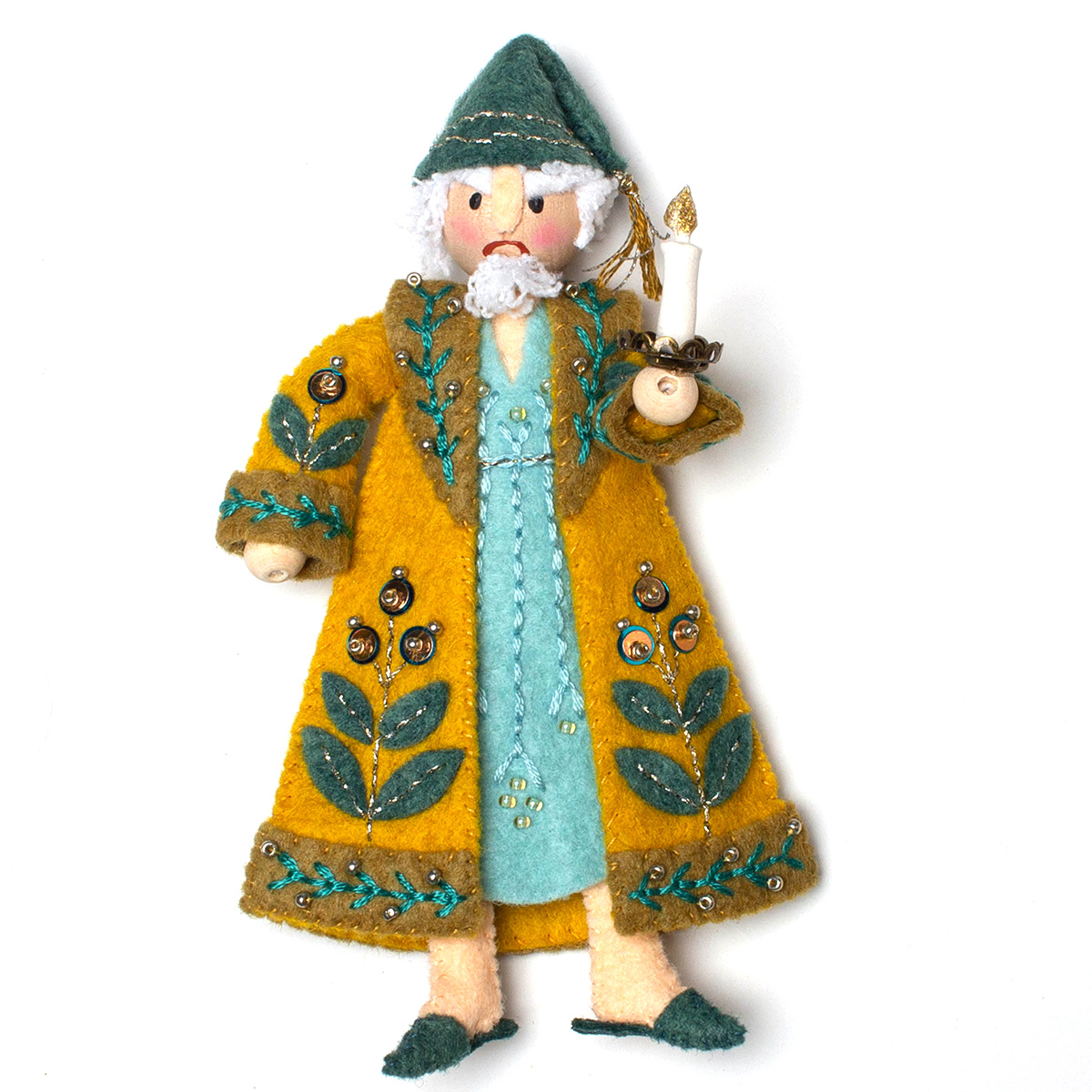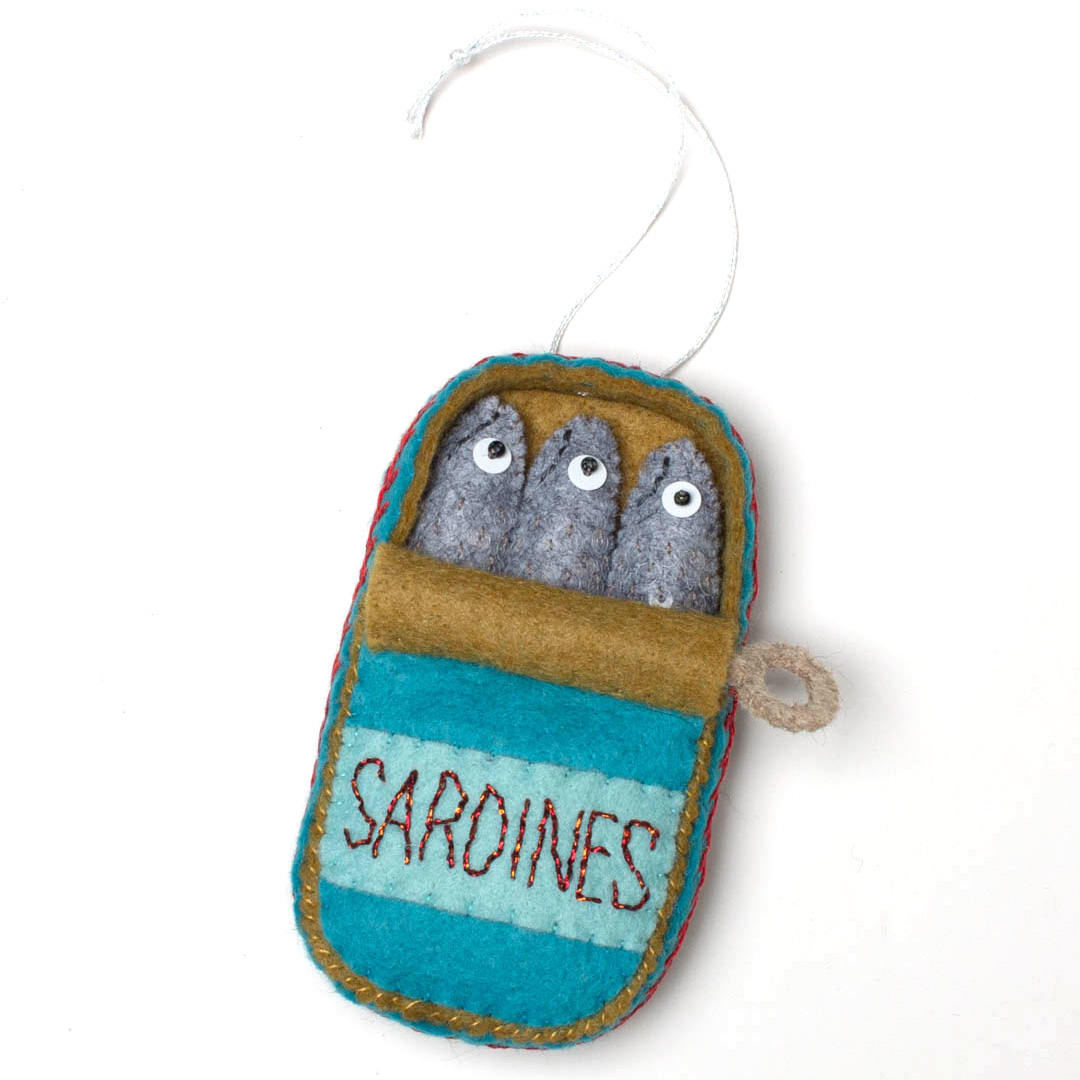How do I Start to Learn Hand Embroidery?
I had a great email question a few days ago from a person who wanted to know how to get started learning to do hand embroidery. A friend of hers had taken several of my classes and said “Talk to Becka!” but she didn’t know what to choose. So I thought it would be helpful to write a post to help everyone find the right place for you to get started learning to embroider with me. I teach in a whole bunch of different formats so it can be hard to know where to start. Whether you like to learn in-person, online, from a book, from a pattern, or one-on-one, I’ve got everything broken down so you can find the right fit for you.
Beginners start here.
- Check my Classes & Events page for upcoming Zoom and in-person classes. These class projects usually feature 1-3 different stitches so you can get an idea if you like to embroider and all of the materials are included so you don’t have to go out and buy a bunch of tools and materials.

- If you like to work from written instructions, then check out the patterns in my Etsy shop. The Sheep, Cat and Dog are especially great for beginners. These patterns need just basic materials like scissors, needle, thread, and some felt and they have a QR code link to demo videos of each stitch.

- If you like to work from videos, then look on my Online Classes page. The Tropical Fish Bag or Sashiko Inspired Squares are great beginner classes. These each have a printed fabric panel with guidelines on it to help you make your stitches. You can order these from my Spoonflower shop and use any embroidery threads you have already.

Then try…
- In my Etsy shop, the patterns for the Toad, Owl and Elephant are great for adventurous beginners. They make a great second project.

- On my classes page, try out the Cactus Garden or Strawberry Needlebooks classes for a little more challenge. They are slightly more complex stitches that incorporate sequins and layered pieces. The Cactus Garden also has a printed panel to follow where the Strawberry Needlebooks class uses a washaway stabilizer that you can stitch through.

- If you have a Skillshare membership, you can find my Candy Canes Two Ways class, Ice Cream Cones, and some bookbinding classes that also incorporate embroidery with paper.

- I also offer private lessons booked through Skillshare. You can choose a specific stitch or project that you are trying to do and I will customize a lesson just for you. Just check out my Skillshare profile to see the details.

Ready for a challenge…
- Try the Parakeet and Dinosaur in a Sweater patterns in my Etsy shop. They have more kinds of stitches and pieces to assemble.

- Sparkling Snowflakes on my classes page is the most complex design to stitch. It only uses one color of thread, but many many more stitches since you repeat the rays of the snowflake 6 times. It has a printed panel to help you keep the snowflake symmetrical.

- On Skillshare, I have three Advanced Embroidery classes that focus on a single complex stitch. You can check out Oyster Stitch, Lattice Stitch and Buttonhole Cable Chain.

- If you like to learn from books instead, here are a couple of my favorites:
- Creative Stitches for Contemporary Embroidery by Sharon Boggon Sharon includes photos for both right and left handed stitchers, which is so great!
- The Embroiderer’s Handbook by Margie Bauer
- Beaded Embroidery Stitching by Christen Brown (I have a slightly different edition, but this looks similar)






